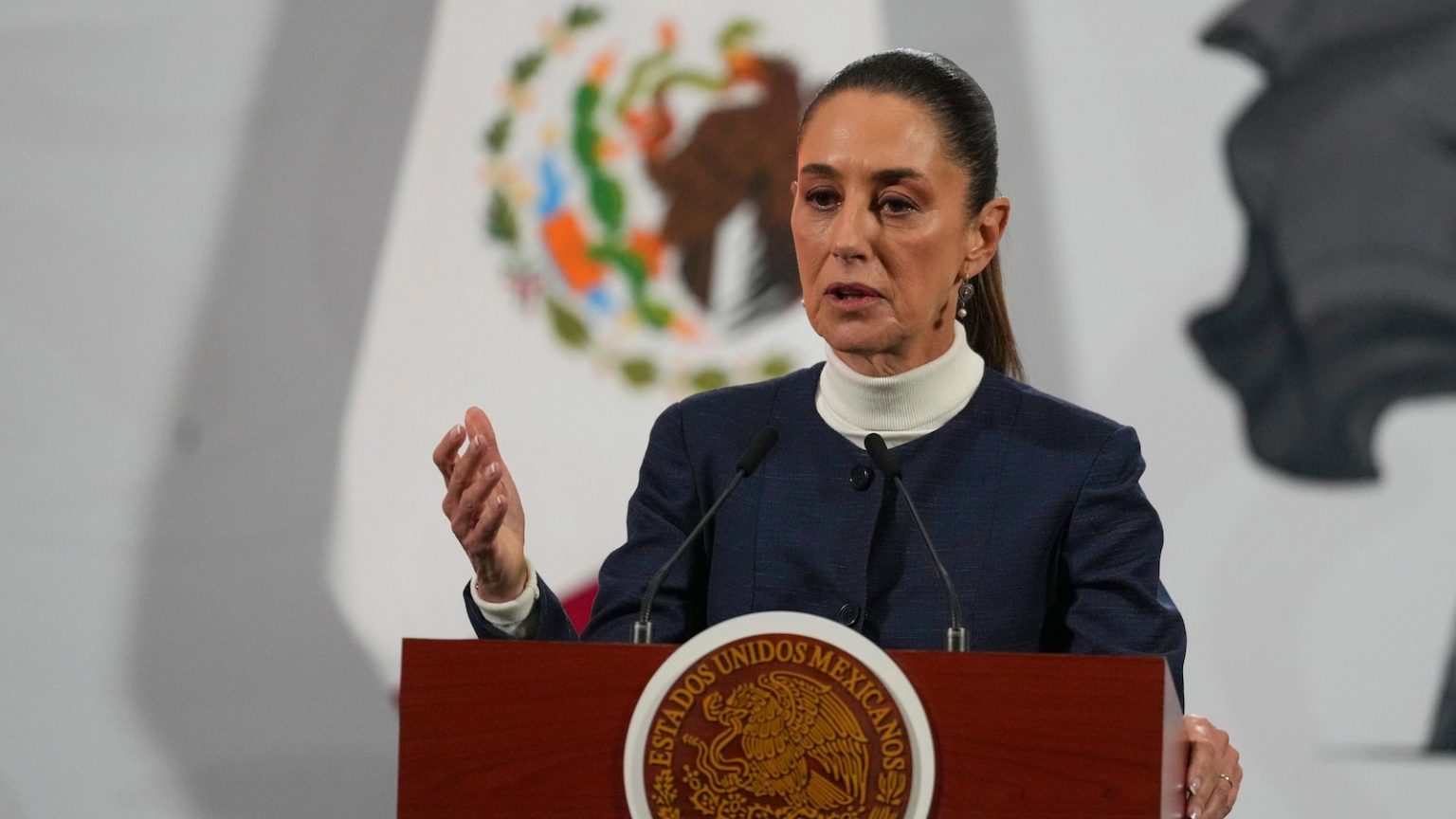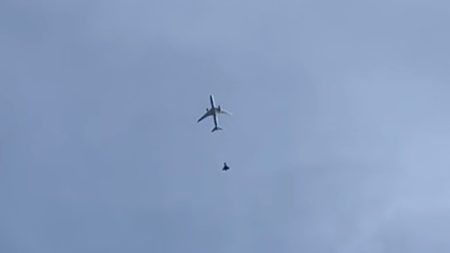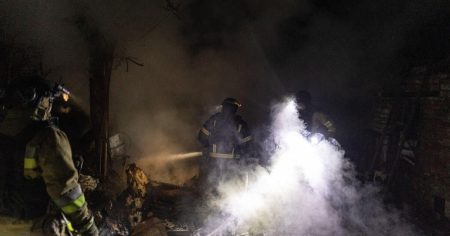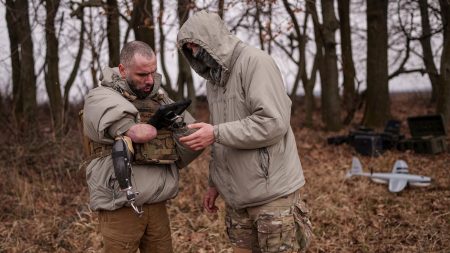Introduction: U.S.-Mexico Collaboration on Security
In recent developments, Mexico’s President, Claudia Sheinbaum, has clarified the nature of surveillance drone flights conducted by the U.S. government over Mexican territory. According to President Sheinbaum, these flights are not unilateral actions by the United States but are instead carried out in collaboration with the Mexican government. The drones are part of a broader effort to address the growing issue of fentanyl production and trafficking, which has become a significant point of concern for both countries. The collaboration underscores the complex and often contentious relationship between the two nations in matters of security and trade.
The Context: U.S. Pressure on Mexico to Combat Fentanyl
The deployment of U.S. surveillance drones over Mexico occurs amid heightened pressure from the Trump administration on the Mexican government to take stronger action against the production and smuggling of fentanyl. Fentanyl, a synthetic opioid, has become a major contributor to the opioid crisis in the United States, leading to thousands of overdose deaths annually. In response to this issue, the Trump administration has taken several steps to compel Mexico to increase its efforts in combating drug cartels involved in the production and trafficking of fentanyl.
One of the key measures taken by the Trump administration was the threat to impose a 25% tariff on Mexican imports. This tariff, which was initially threatened but later postponed, was explicitly aimed at pressuring Mexico to take more decisive action against its drug cartels. Additionally, President Trump ordered the designation of certain Mexican drug cartels as Foreign Terrorist Organizations (FTOs) during his first days in office. These designations, which are expected to be finalized soon, would further escalate U.S. efforts to target the cartels and disrupt their operations.
Mexico’s Response to U.S. Pressure
Mexico has responded to the U.S. pressure by taking several measures to demonstrate its commitment to addressing the issue. One notable step was the deployment of 10,000 National Guard troops to the northern border. This move was seen as a significant escalation in Mexico’s efforts to secure its borders and combat the drug cartels that operate in the region. The deployment of such a large number of troops highlights the Mexican government’s willingness to take concrete actions to address the concerns raised by the United States.
The drone flights, which were first reported by The New York Times, are part of a Central Intelligence Agency (CIA) program aimed at identifying and disrupting fentanyl production labs in northwestern Mexico. The region is known to be a hotspot for fentanyl production, and the CIA’s efforts are intended to provide critical intelligence to both U.S. and Mexican authorities. The flights are also part of a broader increase in U.S. military surveillance capabilities along the U.S.-Mexico border, reflecting the growing emphasis on security collaboration between the two nations.
Mexico’s Stance on U.S. Drone Flights
Mexican authorities have provided some clarification regarding the U.S. drone flights. Ricardo Trevilla, Mexico’s Defense Secretary, acknowledged that U.S. military planes had been conducting flights near the border but emphasized that these flights had not entered Mexican airspace. However, Trevilla also noted that he could not rule out the possibility that the flights were being used for surveillance purposes, as the exact nature of the activities being carried out by the U.S. aircraft was not entirely clear.
President Sheinbaum provided further details on the matter during a press briefing. She explained that the drone flights were part of a long-standing collaboration between the U.S. and Mexican governments on security matters. She emphasized that these flights were conducted at the request of the Mexican government, which seeks to strengthen its efforts to address security challenges. President Sheinbaum also noted that the information gathered through these flights was shared with Mexican authorities, underscoring the cooperative nature of the initiative.
The Outcomes and Implications of U.S.-Mexico Security Collaboration
The collaboration between the U.S. and Mexico on surveillance drone flights highlights the complex and often delicate nature of bilateral relations between the two countries. While the initiative reflects a shared commitment to addressing the fentanyl crisis and combating drug cartels, it also raises important questions about sovereignty, privacy, and the balance of power in the relationship.
The outcomes of this collaboration remain to be seen. On one hand, the increased surveillance capabilities could lead to more effective disruptions of fentanyl production and trafficking networks, potentially reducing the flow of the drug into the United States. On the other hand, the deployment of U.S. drones over Mexico could be perceived as an infringement on Mexico’s sovereignty, particularly if the operations are not conducted with full transparency and mutual consent.
Conclusion: The Future of U.S.-Mexico Security Relations
The issue of U.S. surveillance drone flights over Mexico serves as a reminder of the intricate dynamics at play in U.S.-Mexico relations. While the collaboration on security matters reflects a shared interest in addressing pressing challenges such as the fentanyl crisis, it also underscores the need for ongoing dialogue and mutual understanding between the two nations.
As both countries navigate the complexities of their relationship, it will be important to ensure that security initiatives are conducted in a manner that respects sovereignty, promotes transparency, and fosters trust. The success of these efforts will not only depend on the effectiveness of the measures taken but also on the ability of both governments to communicate openly and work collaboratively in the face of shared challenges.















